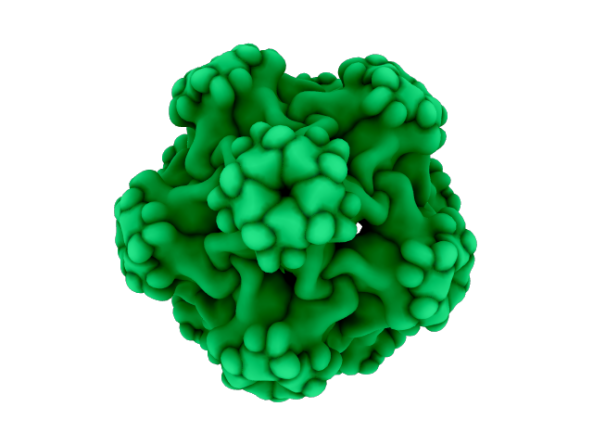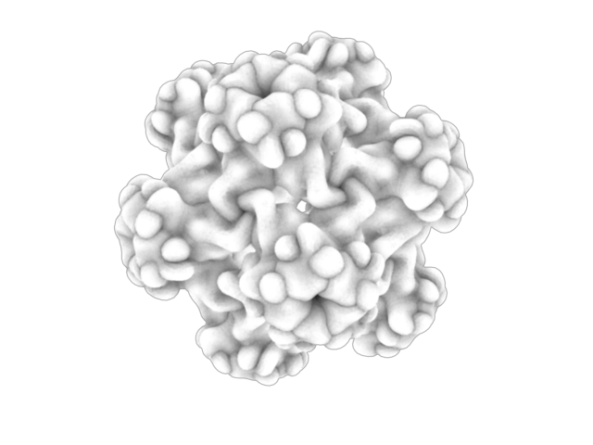Recently I have been involved with the ‘illuminated letters‘ project : beautiful letters to inspiring woman, in conjunction with GOMA and Glasgow womens library.
My Letter is to Barbara McClintock, a heroine of mine. Barbara’s experiments with maize breeding provided the first detailed description of transposable elements ‘jumping genes’ – a concept which revolutionised the central dogma of biology and left a lasting legacy of superb experimental inquiry.
Author Archives: moyrac
DNA day
DNA day on the 25th April commemorates the publication of papers in Nature in 1053 deciphering the structure of DNA. We made some images to celebrate.
Liquid crystal membranes
Without liquid crystals there would be no life. Even the simplest single-celled creature has an outer skin whose fabric is liquid crystalline. It is this skin that forms the membrane separating the inner workings of the cell from its surroundings.
Bacterial flagellar motors
Bacterial flagellar motors are actually minute rotary engines, like outboard motors. They rotate up to 100,000rpm with 2 gears, forward and reverse, water cooling, proton –motive force and have been described by scientists as the most efficient machines in the universe. They have about 40 component parts including stator, rotor, drive shaft and propeller.
Cisternae
One of the first cell organelles to be discovered was the Golgi apparatus which consists of a series of membrane-bound cisternae resembling a stack of pancakes. Lipid and protein molecules are sequentially processed as they migrate through the Golgi stack and the finished proteins are dispatched in transport vesicles to their specific cellular destination.
With its dynamic structure this many-layered organelle provided an excellent analogy for the multi-disciplined and integrated approach to veterinary and medical research within the tiered levels of the Institute of Comparative Medicine housed within the Henry Wellcome Building at Garscube campus of Glasgow University.
The images show panel design which I created for the atrium of the Henry Wellcome Building
Visual Complexity
This series of beautiful images are included in the book and website of Manuel Lima. http://www.visualcomplexity.com. which explores and studies the mapping of complex networks.
1. The Geotaggers’ World Atlas:
This image of San Francisco is part of a large collection of fifty city maps tracing geotagged photos from Flickr and Picasa. Eric Fischer determined the speed at which photographers travelled the various urban landscapes by analyzing their photos’ timestamps and geotags, and plotting them on an OpenStreetMap background layer.
2. Writing Without Words, by Stephanie Posavec is a series of striking visualizations exploring the differences in writing style between authors of various modern classics. The images shown here are a visualization of Part One from the book On the Road by Jack Kerouac. In this piece, entitled Literary Organism, each literary component was divided hierarchically into even smaller parts – Part, Chapters, Paragraphs, Sentences, and ultimately Words, the smallest branch in the diagram. Stephanie also created different colors to distinguish the eleven thematic categories she created for the entirety of On the Road. Some categories include: Social Events & Interaction, Travel, Work & Survival, and Character Sketches, among others.
3.Gnom – Oracle Interface
The goal of the GNOM project is to develop a series of digital interfaces for the exploration of genetic networks. The first stage of the project explores the genetic interaction network in the bacteria Escherichia Coli.
The graph shown represents the first tryout of the Oracle interface: A circular interface of high control level over the node selection, where the entire network of relations can be visualised.
4. Map of Scientific Collaborations
Using data from Science-Metrix, a bibliometric consulting firm that licenses data from journal aggregators like Elsevier?s Scopus and Thomson Reuter?s Web of Science, Olivier Beauchesne build an intricate map of scientific collaborations between cities all over the world, between 2005 and 2009.
Strata
When I started looking through a microscope at cross sections of skin I was drawn into this subterranian landscape of layers and details. Subsequenty looking at the countryside I was aware of the strata running below and the repitition of similar patterns on a larger scale.
The paintings shown were carried out in Montmiral in southern France
Mitosis: the cell cycle
As a biologist I was fascinated by the cell cycle –the carefully orchestrated and seamless series of events which occur every time a cell replicates and produces an exact copy of genetically encoded DNA. This sequence is often depicted diagrammatically with circles and arrows. However, in my mind I imaged a pattern beautiful and ephemeral which incorporated the patterning created in nature and depicted in the world around us. With these ideas in mind I created these 2 large wall-sized oil paintings while I attended a course at the Royal College of Art in London.
Fondant Cream Viruses
I was so impressed with molecular Maya I have created a whole boxful of mouth watering viruses complete with menu card. The images are created by importing PDB files (which describe the arrangment of atoms in the virus and are derived from X-ray crystallography) into maya.
papilloma virus
Late major capsid protein of Human Papilloma virus 16. Created with molecular maya. The green image is created using baked ambient occlusion and rendered in maya hardware renderer.
























